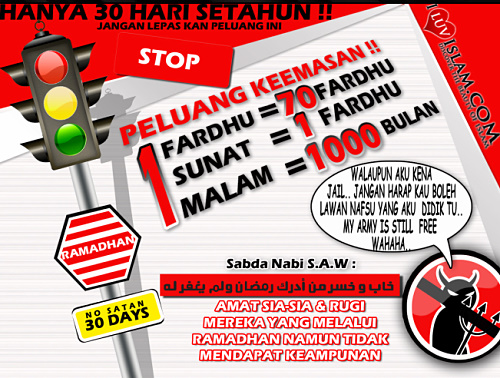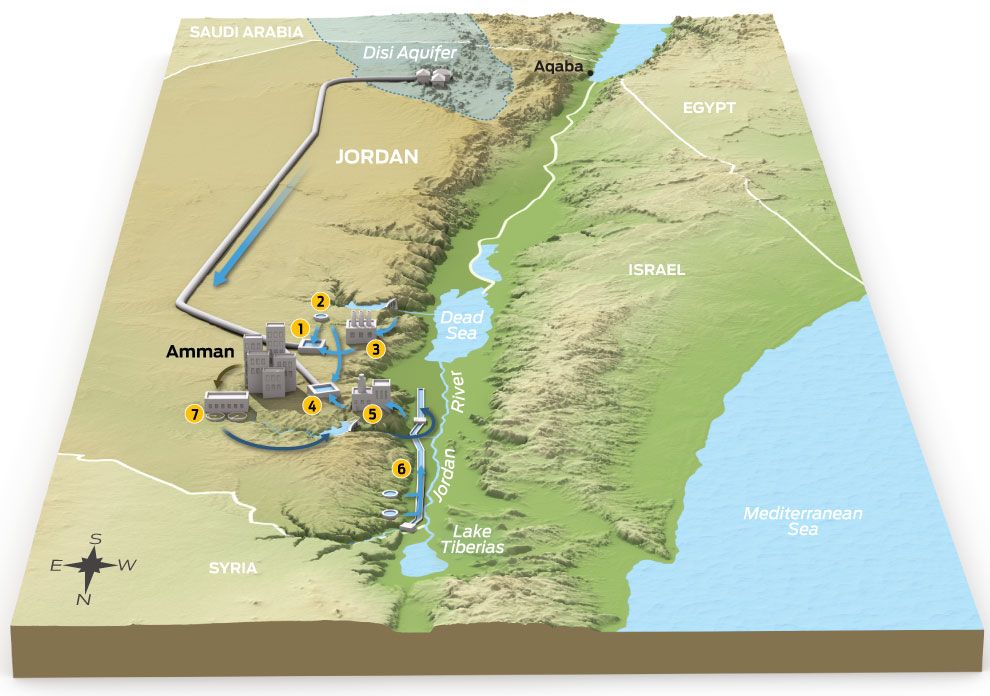20 August 2009—Russia unveiled an ambitious three-decade plan for a manned space program this week at the International Aviation and Space Salon, MAKS-2009, which opened Tuesday in the town of Zhukovsky, near Moscow. The Russian Federal Space Agency’s hope is that its plan will become the basis for a broad international effort to send humans to Mars and build a permanent base on the surface of the moon.
In contrast to NASA efforts, which would use the moon as a stepping-stone on the way to Mars, the latest Russian space doctrine aims for Mars first. To reach a Mars landing, RKK Energia, Russia’s premier developer of manned spacecraft, displayed a multitude of planned space vehicles, including a transport ship, a nuclear-powered space tug, and a planetary lander system. Together they would make up what the agency is calling the Interplanetary Expeditionary Complex.
“I believe that we should move [straight] to Mars…as the moon cannot be a goal by itself,” says Vitaly Lopota, the head of RKK Energia. ”Nevertheless, all the infrastructure that we are proposing for the Interplanetary Expeditionary Complex could be used for operations in Earth orbit, but also for the lunar exploration, if such goals emerge,” Lopota told IEEE Spectrum.
Officials at the Russian space agency, Roskosmos, made no secret that these grand ambitions were not achievable within the current budget and capabilities of the Russian space program alone. Instead, they hoped to jump-start the idea of broader international cooperation, which could spread the cost of the manned space program.
“This proposal could serve as a basis for a large international venture, which could be even wider than the one we have had in the International Space Station, ISS, because the resources required are enormous,” says Alexei Krasnov, director of manned flight programs at Roskosmos.
“I hope, and this is my personal opinion, that in the context of the Augustine Commission work, and with the new NASA administration, we will ultimately come to the understanding that the development of international cooperation in space should move in this direction,” Krasnov says.
However, Krasnov stressed that partners should learn all lessons from the cooperation on the ISS: “We should admit that both good and bad came out of this project, and we should keep this in mind.” The ISS suffered numerous technical delays and cost overruns, which partners often blamed on one another, especially in the initial phase of the project.
The core of Russia’s latest space strategy rests on replacing its Soyuz transport ship with a larger next-generation vehicle and a brand-new rocket to launch it. Combined, they would be able to carry cosmonauts to the Earth-orbit space stations but also support missions to the moon and even expeditions to Mars. Roskosmos approved both projects for development in spring 2009, while preliminary studies into the program have been in progress since around 2006.
If it’s built, the new Russian manned transport will resemble NASA’s Orion capsule, whose development was officially launched in 2004. The American decision to replace the space shuttle with an expendable cone-shaped vehicle at least partially influenced the latest Russian concept. In 2006, Roskosmos rejected a proposal by RKK Energia to develop a minishuttle called Kliper.
Exhibit information at MAKS-2009 confirmed that the proposed Russian spacecraft would feature significant differences in its design and capabilities from the Orion. Unlike the Orion, which is designed to land under a parachute, the ship envisioned by the Russian engineers would use a brand-new (and still controversial) Buck Rogers–style rocket landing.
Lopota told IEEE Spectrum that after two years of study, RKK was still optimistic about rocket assistance as the primary method of landing. Also, a scale model presented at the show featured reusable thermal protection tiles, not unlike those used on NASA’S shuttle, instead of the ablative shields selected for Orion.
Along with the new spacecraft, TsSKB-Progress, the Samara, Russia–based developer of the Soyuz series of rockets, presented a new launcher for the manned space program, known as Rus-M. The company officially won the government contract for the development of the Rus-M in March.
Aleksandr Kirilin, the head of TsSKB-Progress, confirmed at MAKS-2009 that his company was on schedule to deliver a preliminary design of the vehicle to Roskosmos by August 2010. “On 10 July, we conducted the first Scientific and Technical Council [dedicated to the project], determined the members of the chief designer council [which would oversee the development], and formed working groups on various aspects of the work,” Kirilin says.








 12:22 pm
12:22 pm
 Nawza
Nawza










